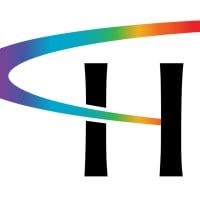
Highmark Health
A national blended health organization, Highmark Health and our leading businesses support millions of customers with products, services and solutions closely aligned to our mission of creating remarkable health experiences, freeing people to be their best. Headquartered in Pittsburgh, we're regionally focused in Pennsylvania, Delaware, West Virginia and New York, with customers in all 50 states and the District of Columbia. We passionately serve individual consumers and fellow businesses alike. Our companies cover a diversified spectrum of essential health-related needs, including health insurance, health care delivery, population health management, dental solutions, reinsurance solutions, and innovative technology solutions. Our financial position reflects strength and stability, with our year-end 2024 consolidated revenues totaling $29.4 billion. We’re also proud to carry forth an important legacy of compassionate care and philanthropy that began more than 170 years ago. This tradition of giving back, reinvesting and ensuring that our communities remain strong and healthy is deeply embedded in our culture, informing our decisions every day.






